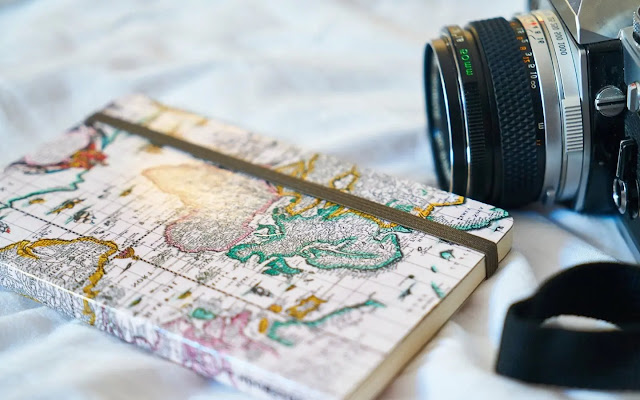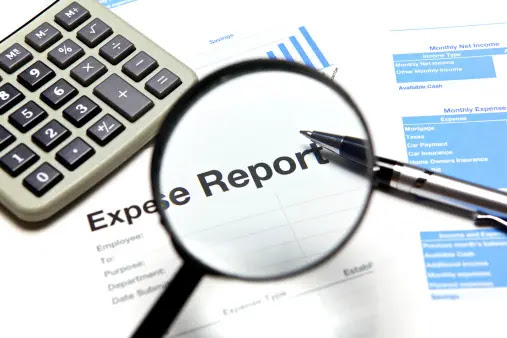The fun in traveling doesn’t start when you get on the plane. It starts during preparation, too! One of the first things you might do when you decide to go on a trip is to look at your bank balance and see whether you have enough for the trip.
If it’s just a weekend or a plane ride to the next state, it may not be a problem. However, what if you wanted to backpack in Southeast Asia for 6 months or more? Or go around South America for a year? You will definitely need more money then, and this is where creating a travel budget is crucial.
What is a Travel Budget?
A travel budget is simply your estimate of the amount of money you’ll spend during your trip. If you already have enough in the bank to cover that, good, but it’s still highly recommended that you draw up a spreadsheet with regards to your projected expenses.
It’s very easy to overspend when you’re traveling all those alcohol-fueled parties can make you feel infinite; unfortunately, you bank balance (if you’re a regular person like us, not a gazillionaire) is definitely finite and if you don’t keep track of your budget, you may find yourself panhandling in the streets of Bangkok or Manila.
If, on the other hand, you don’t have that much in the bank, the budget will help you draw up a plan of how much to save every month in order to meet that goal and give you an idea whether you are closer to achieving your goals or not. Here are a few steps to take when setting your budget.
1. Research, Read articles, blogs
You can arrive at your estimated budget by doing research. Read articles, blogs, and other resources online! While you should expect that prices change, you will at least have a benchmark when estimating ticket and others costs.
Remember though: overestimate, don’t underestimate. It’s much better to end up with more money than with less. Make allowances as well for inflation and potential losses in currency exchange.
2. Draft a Loose Itinerary
In planning your big trip, it’s not enough for you to say: I’m going to South and Central America for a year. True, the cost of living there is cheaper than in the US, but they also differ from one country to another.
In making your travel budget, it would help if you can draft an itinerary. It shouldn’t be set in stone; travelers learn to be flexible on the road. However, you do need it if you want to come up with a realistic figure of how much you need for your trip.
3. Consider the Following Expenses
Traveling is all about spending, so when you’re creating your budget, it would help if you can categorize your expenses into the following.
4. Transportation Costs
Depending on where you’re going, it’s the transportation that can eat up your expenses. First, find out how much it usually costs to fly to your destination. If you have enough money, you can buy that in advance to get it cheaply. Aside from cross-country transportation costs, allot money as well for intercity transportation. This is very important to avoid overspending.
5. Accommodation Costs
This can also eat up a lot of your budget. If you prefer always staying in hotels, you would rack up a huge bill at the end of your trip. Consider other lodging options, like a homestay (staying with a local family), a hostel (if you don’t mind sleeping with others), or AirBNB which can be cheaper than a hotel depending on the location. You can also join hospitality sites like Couchsurfing and Hospitality Club to stay for free in a local’s home, in exchange for cultural interaction.
Once you have decided where to stay, come up with an estimate in Europe, hostels cost around $20 per day while in Vietnam you can have a dorm bed for $3 and multiply it by the number of nights you’re going to spend in that country.
6. Food Costs
It can be hard to budget for food, as the prices differ so much per city and per country. Just come up with an estimate based on your research. In Western Europe, for example, a meal can cost you around $20 with drinks. The same can cost $2 in Asia. Make sure to include a lot of extras, like alcohol, and bottles of water.
7. Activity Costs
While tours and entrance fees to museums can be expensive, there are also some that you just have to do when you’re there. It doesn’t make sense, for example, not to go inside the Vatican Museum when you’re in Rome just because you didn’t put it in your budget. Other tours are much more expensive, too like taking the Inca Trail to see Macchu Pichu which is around $500. Plan in advance what to do and what to see in your travels so that you’re financially prepared.
These are all just the major costs of any trip, but there are others, like for souvenirs, or the occasional night out with newly-met friends. You must also buy insurance in advance, as well as vaccinations if you need them. An emergency fund should also be added to the total to cover illnesses or any unexpected situation.
Having a travel budget can help you in your trip, yes, but it shouldn’t make you inflexible. By creating this plan and making sure to stick to your savings (pre-trip) and expenses (during), you get the most out of your travels when you’re on the road without worrying about running out of money halfway into the trip.














.webp)



.webp)


Social Plugin